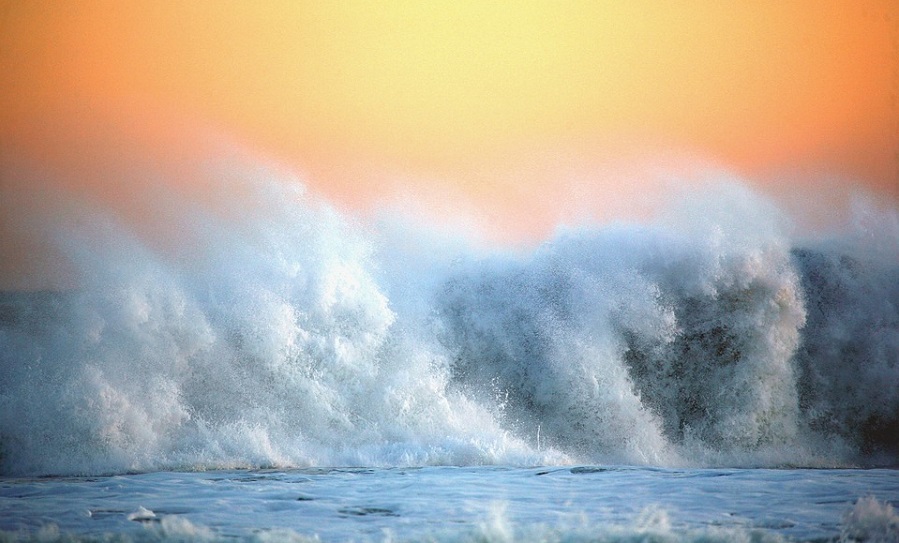By Daniel Pauly.
When dealing with the gross features of the atmosphere and oceans and how they are influenced by global warming, we must realize that these two systems can be understood as part of a vast machine that transports the sun’s heat from the tropics to the poles.
Because warm objects or systems lose heat (though infrared radiation) more rapidly than cold ones, the poles are warming faster than the tropics. Hence, the heat gradient between the tropics and the poles is becoming less steep, and overall, winds should decline, as should oceanic currents (except for tidal currents, driven by the moons’ gravity). This will lead to a stronger stratification of the oceans, especially in their central gyres. This will reduce their primary production (fewer nutrients from deeper layers) and oxygen content (less mixing).
Another effect of the heat gradient becoming less steep is that the northern circumpolar jet stream has started meandering. One of the meanders, the ill-named ‘polar vortex,’ divides the North American into a dry and warm West, and a wet and cold East; a similar meander occurs over Eurasia.
While there will be less overall winds in the future, extreme winds (i.e., hurricanes, typhoons and the like) driven by higher ocean surface temperatures will be stronger, probably more frequent, and occurring in areas (e.g., in Brazil) that never had them. Again, because of the higher ocean surface temperature, there will be more evaporation and, since what goes up must come down, more precipitation. This means more rain and more snow, the latter confusing the uneducated who think that more snow disproves global warming.
The rains will tend to be erratic and fall within shorter periods, which means more flooding and other damages to terrestrial systems, notably agriculture, which will also be beset by droughts. This is particularly grave in South Asia, whose grain production strongly depends on monsoonal rains.
Paradoxically, the four major eastern boundary current upwellings (Canary, Benguela, Humboldt and California) should continue to intensify, i.e., lift up more cold, nutrient-rich water to the sea surface, because they are driven by local winds whose strength is determined by the temperature difference between water and land, which is increasing. However, events such as El Niño may increase in frequency and negate the positive aspects of upwelling intensification.
Finally, the melting of the Greenland ice, by diluting the waters of the North Atlantic, may slow down the sinking of cold, salty waters around Iceland, and thus slow down, or block the Gulf Stream. The latter would lead, among other bad things, cause northwestern Europe to have a much colder (ice-age like?) climate.
[Multiple peer-reviewed sources could be provided upon request for each statement]
This text is part of a conference offered by Daniel Pauly at the West Africa Regional Fisheries Programme in Cape Town on August 8, 2017.



